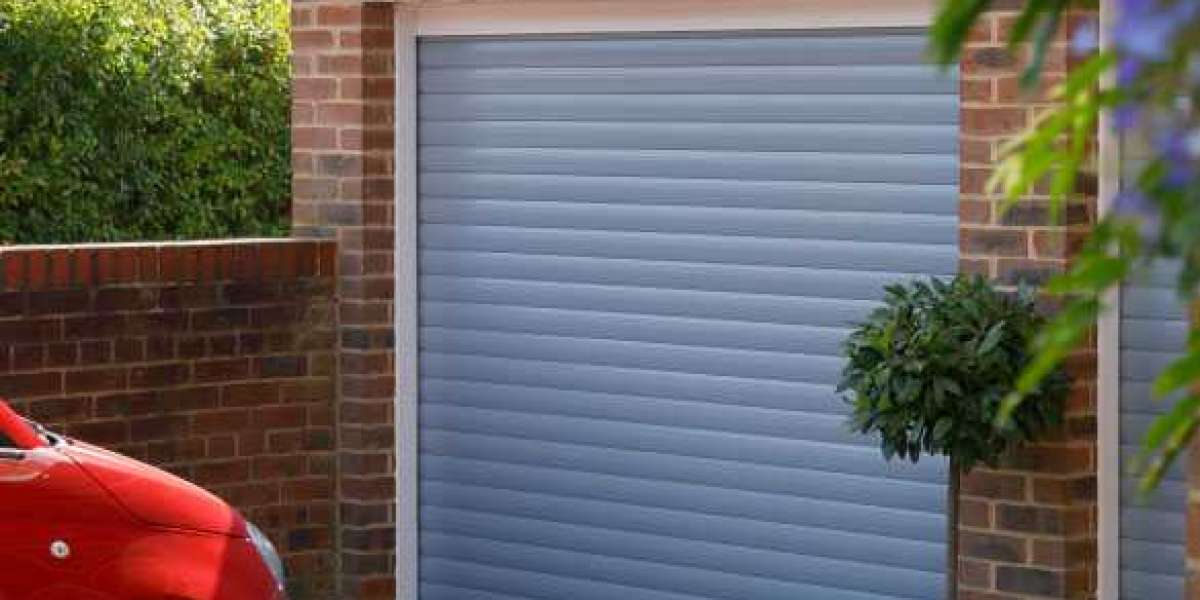Your garage door is one of your home's major moving pieces, and it plays an important role in your daily routine. Proper maintenance can assist guarantee that it runs well and lasts for years. This is a complete guide to maintaining and caring for your garage door.
Inspect Regularly
Regular inspections are critical for identifying and addressing possible faults before they become severe problems. Inspect your garage door at least once a month for the following:
- Visual Inspection: Look for any visible signs of wear or damage on the door panels, springs, and tracks.
- Track Alignment: Ensure the tracks are aligned and free of debris. Misaligned tracks can cause the door to operate unevenly.
- Weather Stripping: Check the weather stripping at the bottom of the door for any cracks or damage. Replace it if necessary to maintain energy efficiency.
Lubricate Moving Parts
Lubrication is essential for smooth functioning and preventing wear and tear on the moving parts of your garage door. Take these steps:
- Lubricate the Tracks: Apply a silicone-based lubricant to the tracks to ensure smooth movement. Avoid using WD-40 or other oils, as they can attract dust and dirt.
- Lubricate the Rollers and Hinges: Spray a lubricant on the rollers, hinges, and any other moving parts. Be sure to wipe off any excess to avoid attracting dirt.
- Lubricate the Chain or Belt: If your garage door opener uses a chain or belt drive, lubricate it according to the manufacturer’s recommendations.
Test the Safety Features
Garage doors include safety elements that protect you and your family. Regularly test these features to ensure they are working properly:
- Auto-Reverse Feature: Place a small object, like a piece of wood, in the path of the door. When the door is closing, it should automatically reverse direction upon contacting the object.
- Safety Sensors: Ensure the safety sensors located at the base of the door are properly aligned and free of obstructions. They should emit a signal when the door is closing, preventing it from closing if something is in the way.
Check and Tighten Hardware
Over time, the hardware on your garage door may become loose. Periodically inspect and tighten the following:
- Bolts and Nuts: Inspect and tighten all bolts and nuts on the door and its hardware. Loose hardware can lead to misalignment and operational issues.
- Hinges and Brackets: Ensure that the hinges and brackets are securely fastened to prevent unnecessary wear on the door and tracks.
Clean the Door
Keeping your garage door clean not only improves its appearance but also helps prevent damage. Follow these cleaning tips:
- Wash the Door: Use a mild detergent and water to clean the door panels. Avoid using abrasive cleaners or brushes that can damage the surface.
- Rinse Thoroughly: Rinse the door with clean water to remove any soap residue.
- Dry the Door: Wipe the door with a clean, dry cloth to prevent water spots and rust.
Replace Weatherstripping
Weatherstripping protects against the elements and promotes insulation. If you find any damage or wear, replace it immediately. Here's how.
- Remove Old Weatherstripping: Pry off the old weatherstripping using a flathead screwdriver.
- Install New Weatherstripping: Cut the new weatherstripping to size and attach it to the bottom of the door, ensuring a snug fit.
7. Check the Balance
An uneven garage door puts strain on the opener and other components. Check the balance:
- Disconnect the Opener: Pull the release handle to disconnect the opener from the door.
- Manually Operate the Door: Lift the door manually to the halfway point. If it stays in place, the door is balanced. If it falls or rises, it may need adjustment by a professional.
Consult a Professional
While routine maintenance can solve many problems, some require professional help. If you see any of the following, call a garage door technician:
- Unusual Noises: Grinding, screeching, or banging noises can indicate mechanical problems.
- Slow Operation: If the door operates slowly or inconsistently, it may need adjustment or repair.
- Broken Springs: Garage door springs are under high tension and can be dangerous to replace on your own. Call a professional for spring repairs or replacements.
Proper garage door maintenance not only ensures smooth functioning, but also increases its longevity and safety. By following these simple procedures, you can keep your garage door in good condition and avoid expensive repairs. Regular inspections, lubrication, and cleaning will allow you to enjoy the convenience and security of your garage door for many years to come.








